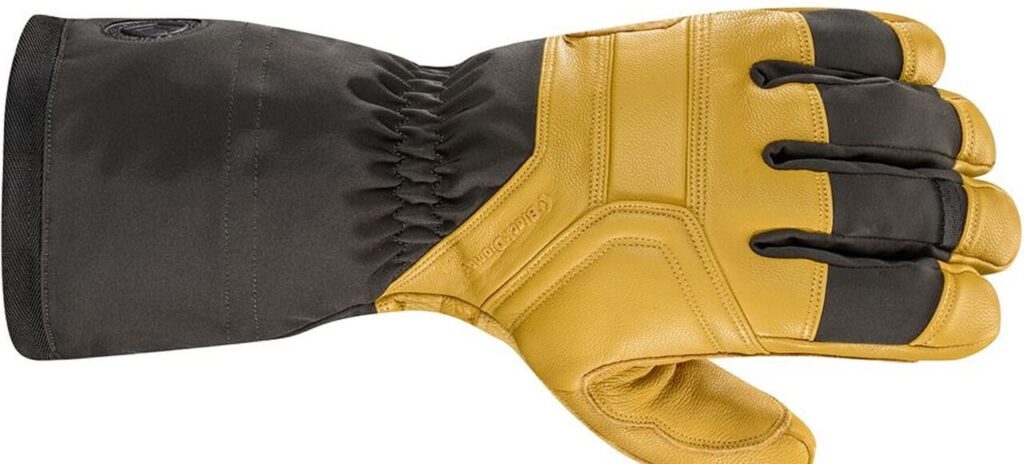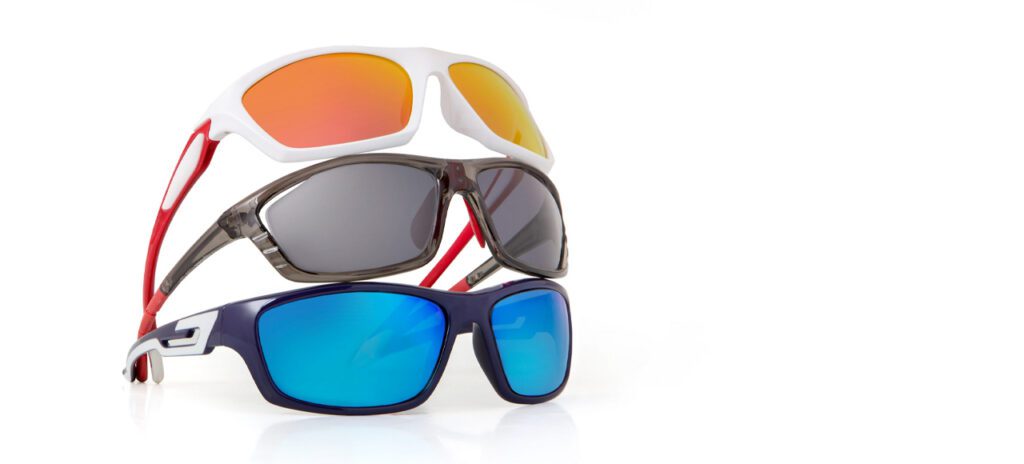Clothing on Everest trek – A once-in-a-lifetime experience, the Everest base camp trek provides stunning vistas of some of the world’s tallest mountains. However, this trek is not for the faint of heart, and proper preparation is essential for a safe and comfortable journey. Clothing is one of the most important parts of getting ready. In this post, we’ll detail all you need to know regarding clothes for the Everest base camp hike.
Layering System
The key to staying warm and comfortable on the Everest base camp trek is the layering system. This is the first and most important tip. Layering allows you to add or remove layers depending on temperature and weather conditions but also depending on your own body temperature. There are three layers in the layering system: the base layer, the insulation layer, and the outer layer.
Base Layer
The base layer is the first layer you wear next to your skin. It should be moisture-wicking and breathable so sweat stays away from your skin and you will not get overheated. The base layer also helps regulate body temperature. Examples of base layer outfit include long underwear and moisture-wicking t-shirts.
Insulation Layer
The insulation layer provides warmth by trapping air close to the body is one of the important Clothing on Everest trek. It should be insulating but also breathable, so sweat can escape. Examples of insulation layer clothing include fleece jackets and down or synthetic insulated jackets.
Also Read: Food and Accommodation on Everest Base Camp Trek
Outer Layer
The outer layer protects you from the wind, rain, and snow. It should be waterproof, windproof, and breathable. For example, waterproof jackets and pants would be great for the outer layer
Clothing Items
Now that we’ve covered the layering system, let’s discuss specific clothing items that are essential for the Everest base camp trek.
Hiking Boots
Hiking boots are probably the most important item of Clothing on the Everest trek. It is best if they are: waterproof, durable, and comfortable to wear for long periods.

Look for boots with a sturdy sole that provides good traction on rough terrain. It’s also essential to break in your boots before the trek to prevent blisters.
Socks
Socks are another crucial item for the Everest base camp trek. It is best if they are made of moisture-wicking materials and provide insulation without being too big.

Look for socks that are specifically designed for hiking, with reinforced heels and toes.
Gloves
Gloves are important for protecting your hands from the cold and wind, this is especially important during colder seasons.

Look for gloves that are insulated but also allow you to use your fingers, such as mittens with a fold-back top or gloves with touchscreen capability.
Hats
A warm hat is essential for keeping your head and ears warm. Look for a hat made of insulating material like fleece or wool. A hat with ear flaps is especially useful in cold and windy conditions.
Jacket
A warm jacket is essential for the Everest base camp trek, particularly for colder temperatures at night and during colder seasons.

Look for a jacket with insulation, such as down or synthetic, and a waterproof outer layer. A jacket that fits well and allows for a full range of motion is very important.
Other Gear
There are other gear items that are essential for the Everest base camp trek. The following gears are either a must or strongly recommended for this trek.
Backpack
A sturdy backpack is necessary to carry all your gear on the trek. Look for a backpack with a hydration system, so you can easily drink water on the go.

It’s also important to choose a backpack that fits well and distributes weight evenly.
Trekking Poles
Trekking poles can provide stability and support while hiking on rough terrain. Look for poles that are adjustable in length and made of lightweight, durable materials.
Sunglasses
Sunglasses are essential for protecting your eyes from the sun’s glare and snow blindness. Look for sunglasses with polarized lenses, which can reduce glare and improve visibility.

It’s also important to choose sunglasses that fit well and provide adequate coverage for your eyes.
Buff/Scarf
A buff or scarf is a versatile item that can be used for multiple purposes. It can keep your neck warm, protect your face from the sun and wind, and even be used as a headband or hat. Look for a buff or scarf made of insulating material like fleece or wool.
You may also be interested in: Everest Base Camp Route – From Tenzing Hillary route to Heli ride
Gaiters
Gaiters are a useful accessory for the Everest base camp trek. They are worn over your hiking boots and cover your ankles and lower legs. They can help keep snow, dirt, and debris out of your boots, and provide additional insulation. Look for gaiters that are waterproof and made of durable materials.
Clothing for Different Weather Conditions
Weather conditions on the Everest base camp trek can vary widely, from warm and sunny to cold and snowy. It’s important to be prepared for all types of weather conditions. Here are some clothing recommendations for different weather conditions.
Warm Weather
In warm weather, you’ll want to wear lightweight and breathable clothing. A moisture-wicking t-shirt or tank top, hiking shorts, and a sun hat are essential. Don’t forget to wear sunscreen and sunglasses to protect your skin and eyes from the sun’s harmful rays.
Cool Weather
In cool weather, you’ll want to wear a base layer, insulation layer, and outer layer to stay warm. A fleece jacket, thermal pants, and a warm hat are essential. You may also want to bring gloves and a scarf or buff for additional warmth.
Cold Weather
In cold weather, you’ll need to dress in multiple layers to stay warm. A base layer, insulation layer, and outer layer are essential. You’ll also want to wear thermal underwear, insulated pants, and a down or synthetic insulated jacket. Don’t forget to wear a warm hat, gloves, and a scarf or buff to protect your head, hands, and neck.
Wet Weather
In wet weather, you’ll need to wear waterproof clothing to stay dry. A waterproof jacket and pants are essential. You may also want to bring a rain cover for your backpack to protect your gear from getting wet.
Other Gear and Accessories
In addition to clothing, there are several other gear and accessories that are essential for the Everest base camp trek.
Popular: Trek to Beautiful Mardi Himal Base Camp
Hiking Boots
Investing in a good pair of hiking boots is crucial for any hiking trip, but especially for the Everest base camp trek. Look for boots that provide good ankle support, are waterproof and breathable, and have a sturdy soles with good traction.
Backpack
You’ll need a backpack to carry your gear and supplies on the trek. Look for a backpack that’s comfortable to wear, has a capacity of at least 40 liters, and is durable and water-resistant.
Trekking Poles
When hiking to Everest base camp, trekking poles can save your life. They can offer stability on rocky and uneven terrain and aid in easing knee discomfort. Seek for adjustable, lightweight poles with soft grips.
Sleeping Bag
Trek A cozy and comfy sleeping bag is required for the trek’s overnight stops. Seek for a sleeping bag that is light and collapsible for simple travel, with a temperature rating of at least -10 degrees Celsius.
Water Bottle and Water Purification System
On the Everest base camp walk, staying hydrated is essential, but the water sources might not always be suitable for drinking. To make sure you have access to clean drinking water, bring a water bottle and a water purification system, such as water purification pills or a portable water filter.
First Aid Kit
Accidents and injuries can happen on any hiking trip, so it’s important to bring a well-stocked first aid kit.

Make sure your first aid kit includes items such as bandages, gauze, antiseptic, pain relievers, and blister pads.
Training for the Everest Base Camp Trek
The Everest base camp trek is a challenging trek that requires physical fitness and stamina. Before embarking on the trek, it’s important to engage in a training regimen to prepare your body for the demands of the trek.
Cardiovascular Exercise
Cardiovascular exercises, such as running, cycling, or swimming, are essential for building endurance and improving lung capacity. Aim to engage in cardiovascular exercise for at least 30 minutes, three to four times per week.
Strength Training
Muscle growth and increased bodily strength can both be achieved through strength training. Do movements like squats, lunges, planks, and push-ups to focus your legs, core, and upper body. Make an effort to do weight training at least twice or three times a week.
Hiking
Hiking is the best way to prepare for the Everest base camp trek. Try to go on regular hikes, gradually increasing the distance and elevation gain. Hiking on rough and uneven terrain, such as hills or mountains, can help prepare your body for the challenges of the trek.
Safety Considerations
The Everest base camp trek is a difficult and potentially risky journey, so wearing the right clothing is crucial for your safety and comfort. Although temperatures can fall below freezing and the wind can be fierce and biting, hypothermia and frostbite are severe risks during the trek. The following safety recommendations should be taken into account when selecting apparel for the Everest base camp trip.
- Layering: Dressing in layers is essential for staying warm and comfortable on the trek. A base layer of moisture-wicking fabric helps keep sweat away from the skin, while a mid-layer of insulation provides warmth. A waterproof and windproof outer layer protects against the elements.
- Footwear: Good quality hiking boots with sturdy soles and ankle support are essential for navigating rough and uneven terrain on the trek. Wool socks and waterproof gaiters help keep feet warm and dry.
- Headwear: A warm hat and neck gaiter or scarf help protect the head and neck from the cold and wind. Sunglasses with UV protection and a brimmed hat provide protection from the sun and glare.
- Gloves: Waterproof and insulated gloves or mittens protect hands from the cold and wind. It’s also a good idea to carry extra pairs in case of wetness or damage.
- Emergency Gear: Always carry emergency gear, such as a first aid kit, a map and compass, and a waterproof and windproof bivvy bag. A personal locator beacon can also be a lifesaving tool in case of an emergency.
Tips for Staying Safe and Warm
- Carry extra layers and change into dry clothing as needed to stay warm and dry.
- Stay hydrated and well-nourished to maintain energy levels and body temperature.
- Be prepared for unexpected weather conditions, such as sudden changes in temperature, wind, and precipitation.
- Avoid overexertion, which can lead to sweating and subsequent cooling of the body.
- Stay in communication with your trekking group and monitor each other for signs of hypothermia and frostbite.
Tips for a Successful Everest Base Camp Trek
- Acclimatize: Altitude sickness is a serious concern on the Everest base camp trek. Take your time and allow your body to acclimatize to the altitude by taking rest days and ascending slowly.
- Stay Hydrated: Staying hydrated is crucial for a successful trek. Drink plenty of water and fluids throughout the day, and avoid alcohol and caffeine.
- Eat Well: Proper nutrition is essential for maintaining energy levels and staying healthy on the trek. Eat a balanced diet with plenty of protein, carbohydrates, and healthy fats.
- Respect Local Culture: The Everest base camp trek takes you through many local communities and villages. Respect the local culture and customs, and be mindful of your impact on the environment.
- Hire a Local Guide: Hiring a local guide can help ensure a safe and successful trek. They can provide valuable information about the trail, local culture, and customs, as well as help with logistics and navigation.
- Be Prepared for Weather: The weather in the Himalayas can be unpredictable, with sudden changes in temperature, wind, and precipitation. Bring appropriate gear for all weather conditions, and be prepared for the unexpected.
- Stay Positive and Enjoy the Journey: The Everest base camp trek is a challenging but rewarding adventure. Stay positive and enjoy the journey, and take time to appreciate the stunning natural beauty and cultural richness of the region.
Conclusion
Proper clothing is essential for staying safe and comfortable on the Everest base camp trek. Layering, good quality footwear, headwear, gloves, and emergency gear are all important considerations. It’s also important to carry extra layers and be prepared for unexpected weather conditions. By prioritizing proper clothing and safety, trekkers can enjoy a safe and rewarding journey to Everest base camp.
Let our expert team at Asian Heritage Treks and Travel take care of everything — from guided tours to personalized packing tips and travel arrangements.
Plan My Everest Trip







